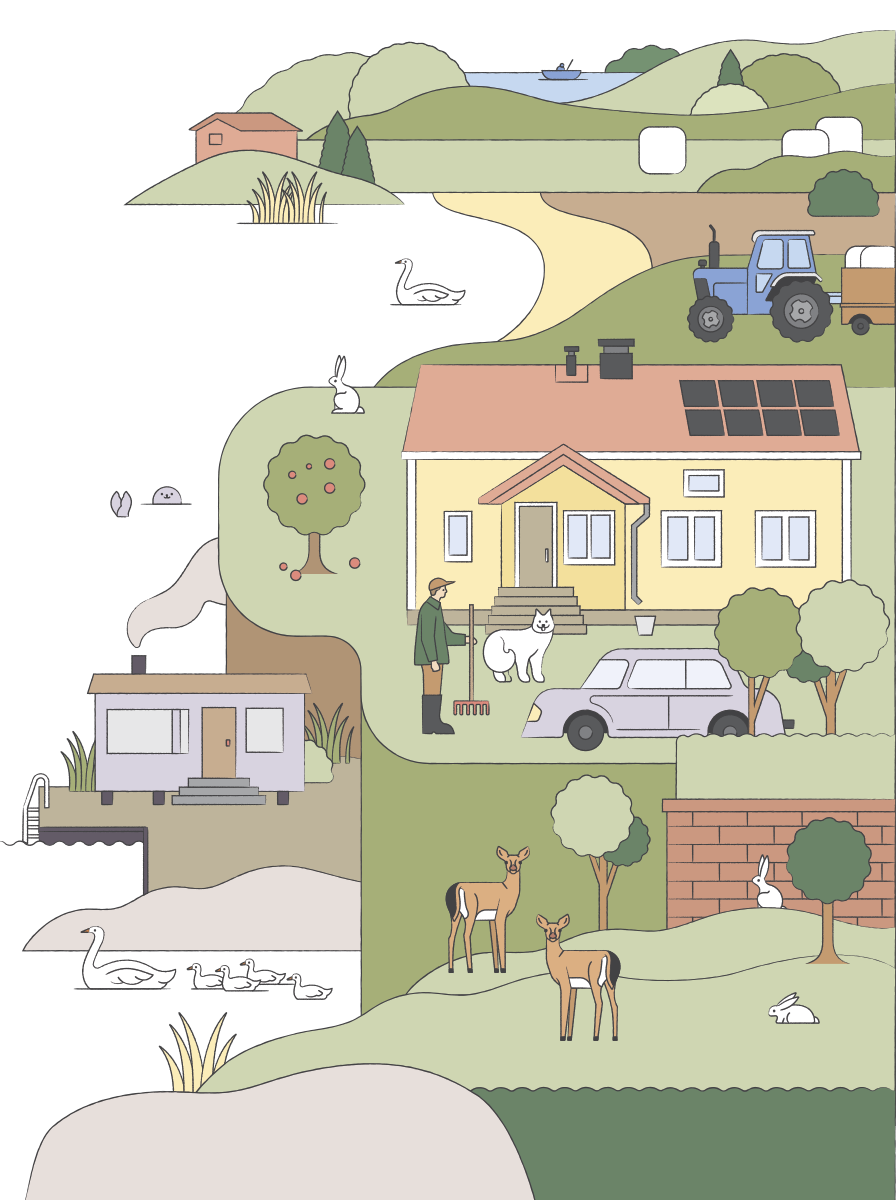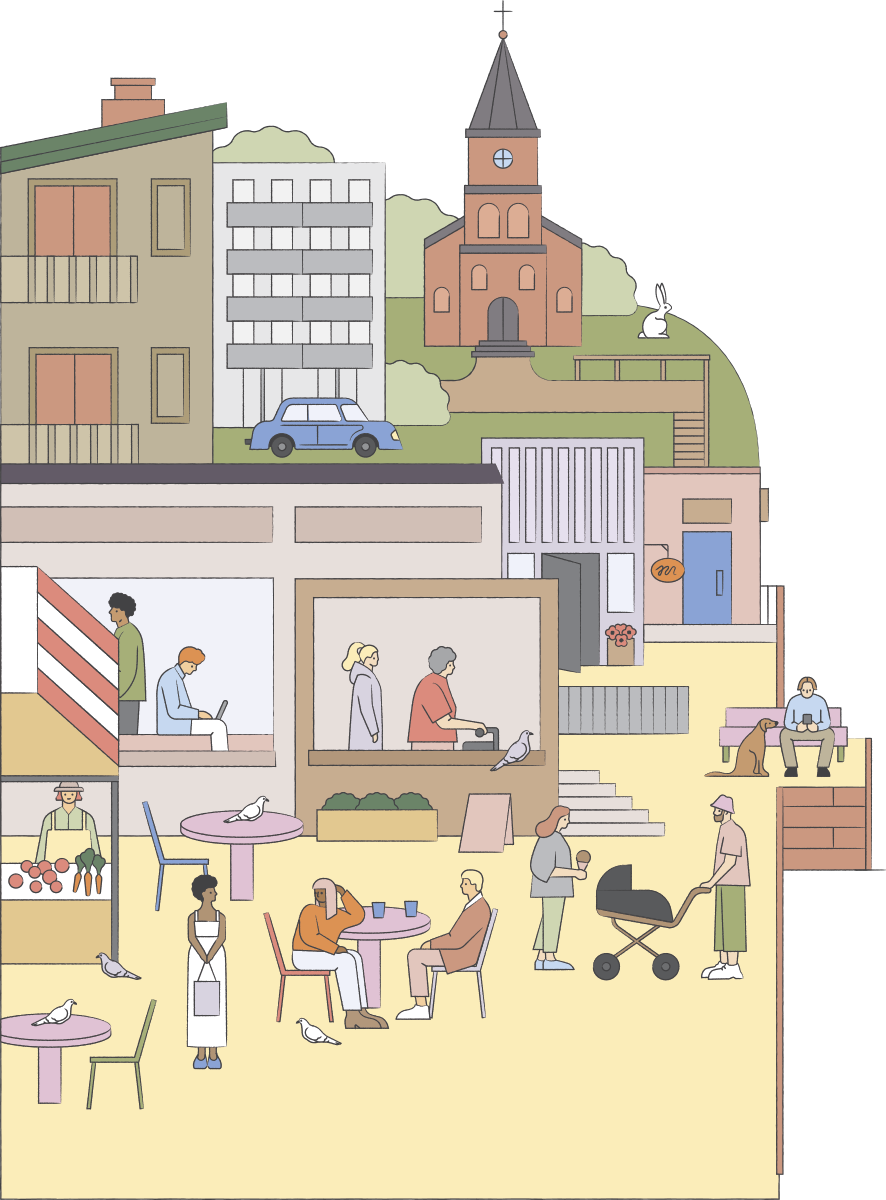Buildings cause about one third of our CO2 emissions and about 40% of energy consumption in Finland. Improving the energy efficiency of existing buildings is one of the most powerful ways to reduce CO2 emissions. In-use emissions have been reduced by 30–70% thanks to various repairs and alterations. Moving on to use renewable forms of energy as well as adjustments to heating and ventilation reduce the need to buy energy and the amount of emissions significantly.
Here is a table depicting the impact of various repair measures on heating energy consumption in a typical apartment house (reduction is about the same in a private home).
Improving the energy efficiency of existing buildings is one of the most powerful ways to reduce CO2 emissions.
The Housing Finance and Development Centre of Finland, ARA, grants subsidies for total energy efficiency improvements.
It is a good idea to improve energy efficiency when renovating for any other reason. In addition, the building code requires improvement of energy efficiency in connection with permitting building renovation or conversion if it is technically, functionally and economically feasible. For example, if you need to renew the roof, it is a good idea to improve flat roof thermal insulation at the same time and prepare for solar panels. The benefit of an energy efficiency improvement will be lost for decades if it is not combined with renovation now.
Buildings and structures from different periods require choosing the most applicable renovation methods. Energy efficiency improvement is a demanding measure to be taken using an expert and an experienced designer. Usually the most rational way to improve the energy efficiency of a building is phase by phase in connection with other renovation. These measures usually require a building or action permit.
The building is a unit in which the heating and ventilation systems and the envelope all affect each other. Each house and its residents are unique, and design must be tailored to meet their baseline. You should live in an old house for a year before starting renovation to decide which measures are really necessary. Listen, observe and understand your building.
By renovation, as by any construction, you’ll consume natural resources and produce emissions. That is why it is a good idea to avoid unnecessary demolition and to recycle as much as possible of the dismantled material and parts. If you decide to use new materials and parts, choose those made of local renewable materials and suitable for recycling.




